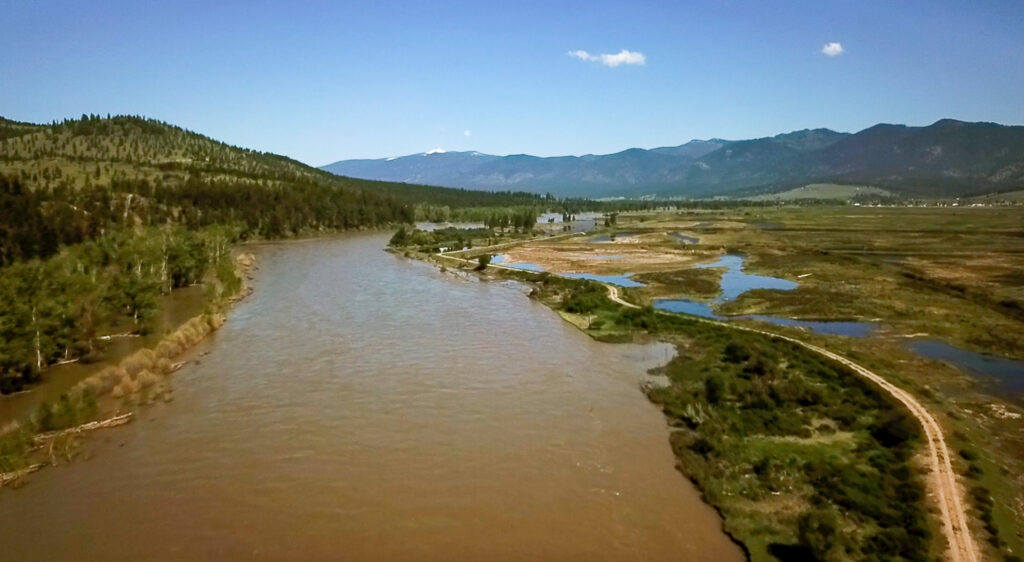Pulp Friction: The Clark Fork River’s Toxic Legacy

Sitting along four miles of the Clark Fork River, downstream of Missoula, Montana, Smurfit-Stone pulp mull is poisoning the groundwater and river with dioxins and heavy metals. These pollutants threaten fish and wildlife and put the health of Tribal subsistence fishers at risk. Through federal Superfund law, the polluters are responsible for cleaning up the site.
The Clark Fork is a regional boating and angling destination and supplies some of the richest habitat in the lower 48. Throughout European settlement and industrial development, the Clark Fork was the backbone of large-scale enterprises that left a legacy of pollution and ecological damage. Community members, advocates, Tribes, and government officials are among many who have been helping to heal the river, however, the shuttered Smurfit-Stone pulp mill threatens to reverse the gains made.
American Rivers and local non-profit organizations have united as the Clean Smurfit Now Coalition to advocate for cleanup of the mill and restoration of the Clark Fork River floodplain.


